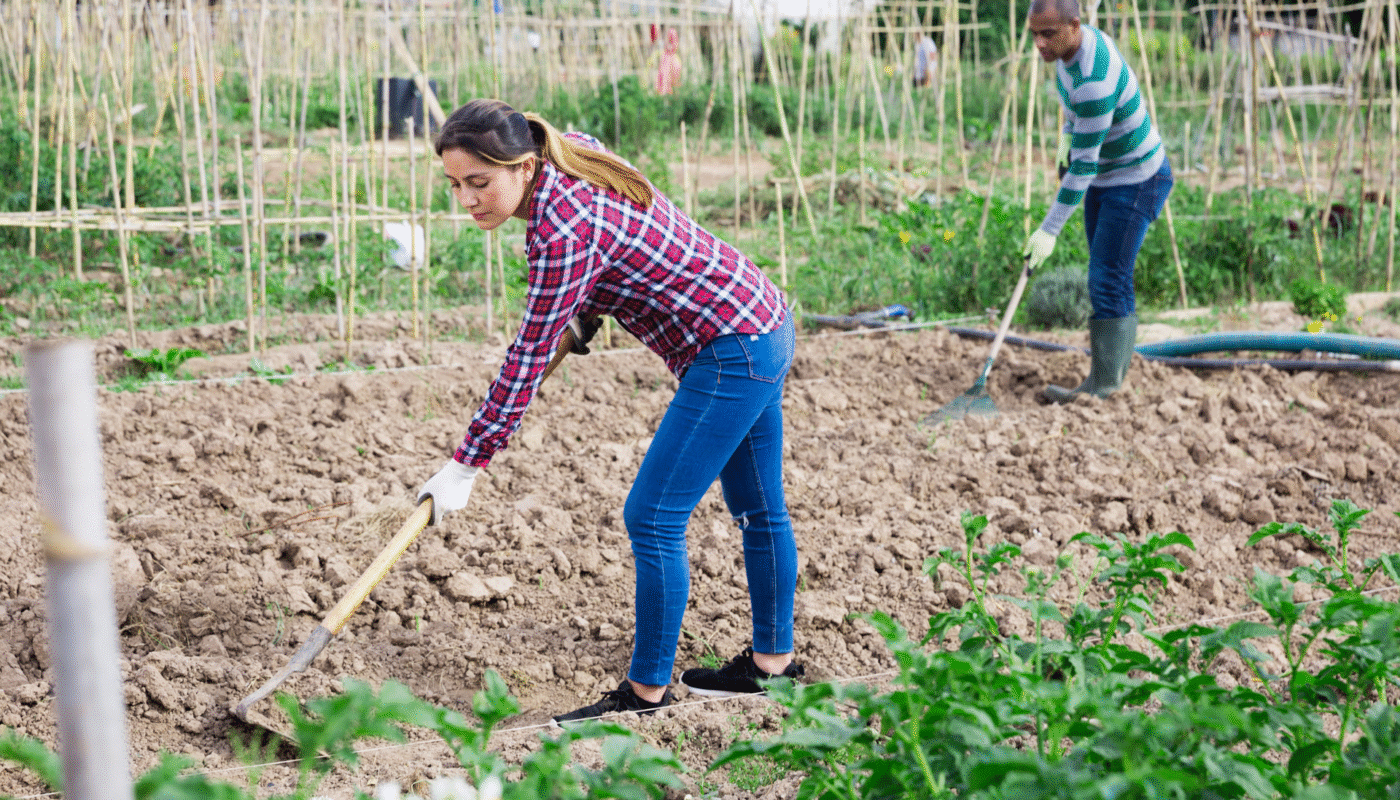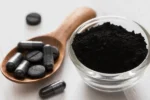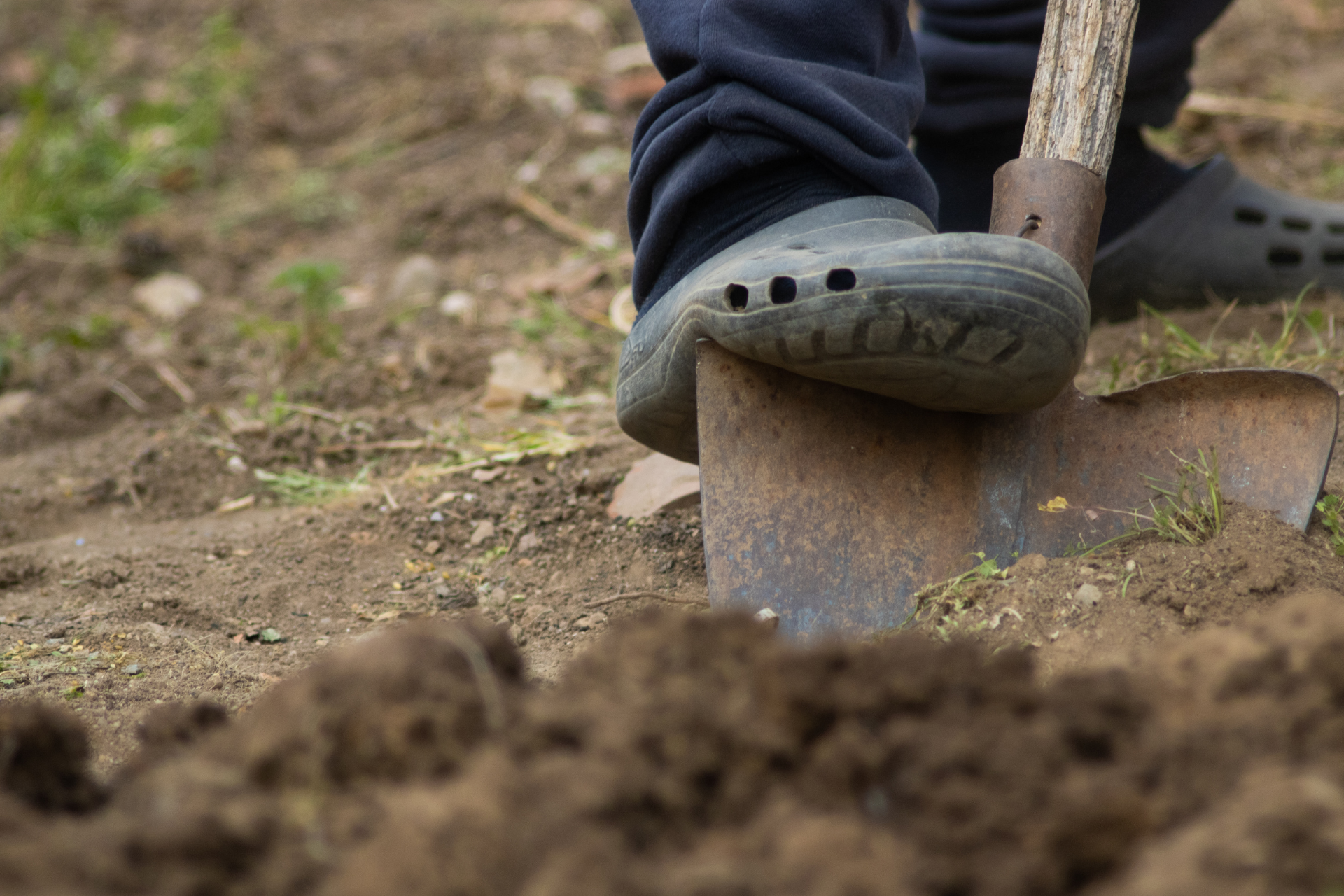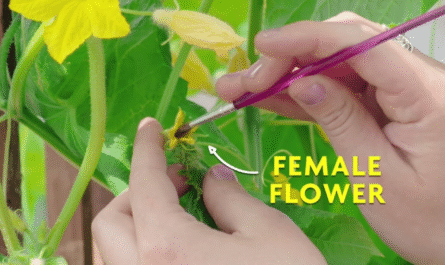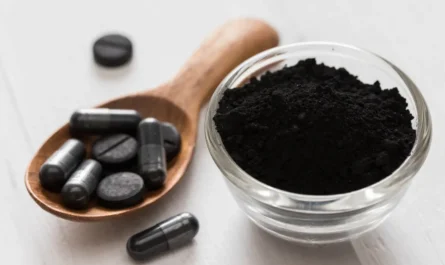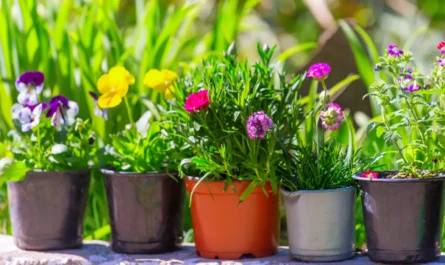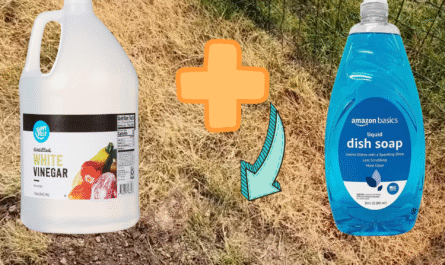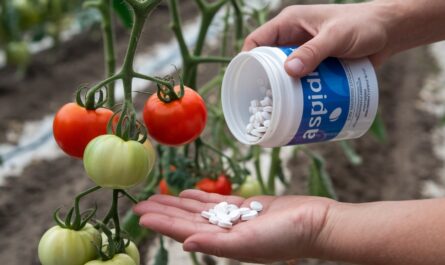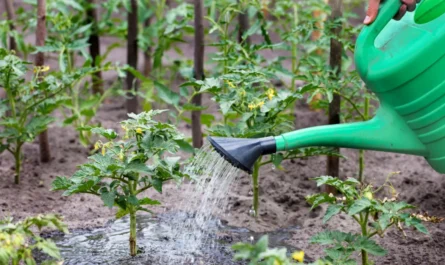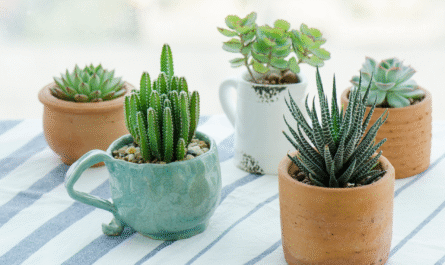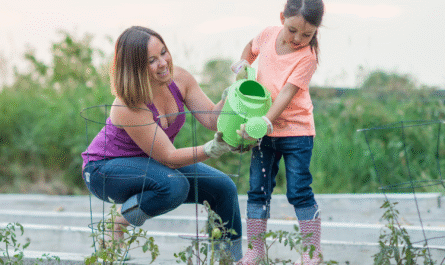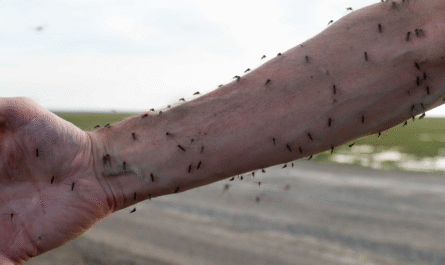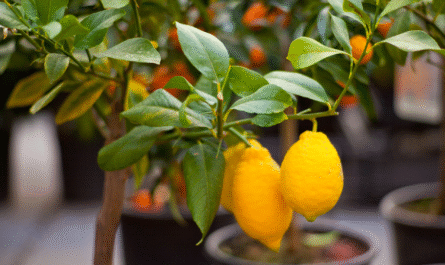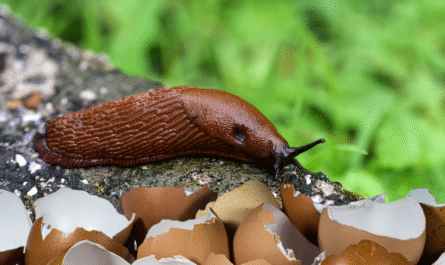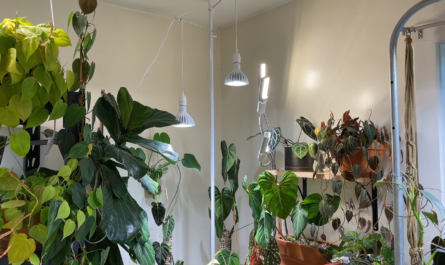When people ask me what my secret is for strong plants and consistent yields, I don’t point to the seeds or the tools, I point to the soil. Healthy soil isn’t just the foundation of gardening or farming; it is the ecosystem. Get the soil right, and everything else gets easier. Ignore it, and even the best efforts start to falter.
Over the years, I’ve learned that soil isn’t some passive medium for holding roots. It’s alive. It breathes, digests, reacts, and evolves. It has memory. It responds to what we give, or take, from it. And the good news? Keeping it fertile and thriving doesn’t require expensive inputs or a degree in soil science. It just takes observation, consistency, and a respect for the life below the surface.
5 Easy Ways to Keep Your Soil Healthy and Fertile
1. Organic Matter is Everything
If there’s one principle I never compromise on, it’s feeding the soil with organic matter. This is the single most important thing I do for soil health. Compost, leaf mold, decomposed animal manure, green plant residues, all of it goes back into the soil. These inputs not only feed the plants indirectly, but they also energize the microbial life that drives the whole underground system.
Healthy soil teems with bacteria, fungi, protozoa, nematodes, and earthworms, all breaking down organic matter into nutrients that plants can actually absorb. But without a constant supply of organic inputs, that microbial engine sputters out.
I’ve seen tired, dusty soil come back to life within a season simply because I buried it in good compost and mulch. The structure improved. The smell changed. The worms returned. The plants followed.
I don’t wait until spring to start adding organic matter either. In the fall, I layer compost over the beds like a thick blanket. In winter, I let cover crops grow and die back. In spring, I chop and drop the remains. It’s a year-round routine. Organic matter isn’t a one-time fix, it’s the ongoing heartbeat of a living soil.
2. Keep the Soil Covered
I treat bare soil like an emergency. If I see exposed earth, I cover it immediately. Nature abhors bare ground, and for good reason. Uncovered soil loses moisture fast, bakes in the sun, and suffers erosion from wind and rain. But worse than that, it disrupts the entire microbial environment underneath. I’ve watched thriving soil communities go dormant simply because the sun dried them out.
My go-to strategy is mulch, wood chips around perennials, straw over annual beds, shredded leaves in fall, even grass clippings in a pinch. These layers regulate temperature, reduce evaporation, and decompose slowly, feeding the soil as they break down. Plus, they suppress weeds without disturbing the soil surface.
In growing seasons, I use green covers whenever possible. I let low-growing herbs, clovers, or even weeds serve as living mulch between crops. In walkways, I plant clover or yarrow. These living roots hold the soil in place and support microbial diversity. Whether it’s dead mulch or a living mat, I never leave soil naked. It needs a coat, always.
3. Rotate and Diversify
Growing the same crop in the same spot year after year is a fast track to tired soil and pest problems. I learned this the hard way when I used to plant tomatoes in the same bed season after season. Eventually, yields dropped, disease pressure spiked, and no amount of fertilizer could fix it. That’s when I got serious about crop rotation and diversification.
Every season, I map out what went where and make sure I don’t repeat plant families in the same space. Legumes follow heavy feeders. Deep-rooted crops follow shallow ones. I keep track in a simple notebook, but even rough planning goes a long way. Rotation prevents nutrient depletion, breaks pest cycles, and allows the soil a chance to rebound.
But I don’t stop at rotation, I mix things up within the beds, too. I pair carrots with onions, lettuce with radishes, and kale with nasturtiums. Diversity keeps the soil biome richer, the pests confused, and the nutrient use more balanced. Monoculture is efficient for machines, not for soil life. A variety of plants means a variety of roots, exudates, and microbes. And that’s what fertile soil thrives on.
4. Feed the Soil, Not Just the Plants
It’s tempting to reach for fast-acting fertilizers when plants look hungry, but I’ve learned to step back and ask: What does the soil need? Quick fixes might green things up, but they do nothing to build long-term fertility. I focus on feeding the soil ecosystem first, trusting that healthy plants will follow.
I use slow-release, natural amendments like rock phosphate, kelp meal, fish emulsion, and aged manure, but only after I’ve assessed what’s actually needed. That’s where soil testing comes in.
Once a year, I test for major nutrients, pH, and organic matter levels. If the test shows low potassium or phosphorus, I tailor my inputs accordingly. It’s like adjusting a diet based on a blood test, you don’t just guess.
And I don’t ignore the biology. I brew compost teas and apply them as drenches or foliar sprays to jumpstart microbial activity. Sometimes, I inoculate beds with mycorrhizal fungi. These organisms unlock nutrients far more efficiently than any synthetic product can. Feeding the soil means investing in the network of life that converts minerals into plant fuel. That’s the system I care about, not just the numbers on a fertilizer bag.
5. Minimal Disturbance is Key
For years, I believed that tilling was essential. Turn the soil, break it up, start fresh. But the more I learned about soil biology, the more I realized how much damage tilling actually causes. It breaks up fungal networks, kills microbes, exposes carbon to oxidation, and accelerates the loss of organic matter. Once I switched to minimal disturbance, everything changed.
I now use broadforks to loosen compacted soil without turning it over. I plant into compost-rich beds without digging. I layer materials to build new growing areas, often called “lasagna gardening,” rather than tearing up the old soil. The result? Better moisture retention, fewer weeds, and healthier root systems.
The soil is a web of life, mycelium, bacteria, insects, all working in delicate balance. Disturb it too often, and that web unravels. By keeping the soil structure intact, I’ve watched earthworm populations surge, fungal growth thrive, and plant health improve. No-dig doesn’t mean no effort, it means working with the soil, not against it.
Final Thought
Soil health isn’t about magic amendments or trendy techniques. It’s about consistency, observation, and respect. I treat my soil as a living system, not a dead resource. When I give it what it needs, organic matter, cover, diversity, biology, and gentle handling, it rewards me with vitality season after season.
You don’t need to overhaul everything at once. Start with one habit: maybe it’s adding compost, or covering bare patches, or rethinking how you plant. Watch what changes. Feel the texture. Smell the difference. Healthy soil doesn’t just grow better plants, it grows better awareness. And once you begin, you won’t want to go back.
FAQs
Absolutely. Containers give you full control. Use high-quality compost, rotate crops, and add organic fertilizers like worm castings or seaweed extract. Avoid synthetic potting mixes and focus on building microbial life even in small spaces. Dusty or compacted texture, poor water retention, low earthworm activity, and plants that seem hungry despite feeding, these all suggest low organic matter. A soil test showing less than 3% organic content confirms it. Not necessarily. While animals like chickens can help build fertility through manure, you can maintain excellent soil health with compost, green manures, and smart planting strategies. Worms often appear naturally when the soil improves. You can do a jar test for texture, observe earthworm activity, use a pH strip test, and even track plant performance as indicators. For a more precise nutrient breakdown, at-home soil test kits offer a decent starting point. Can I restore poor soil in containers or raised beds?
What are signs that my soil is lacking organic matter?
Do I need animals (like chickens or worms) to maintain fertility?
How can I test my soil without sending it to a lab?

